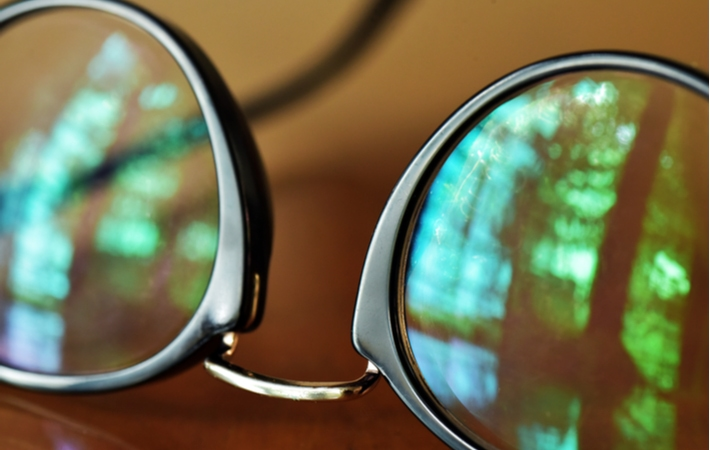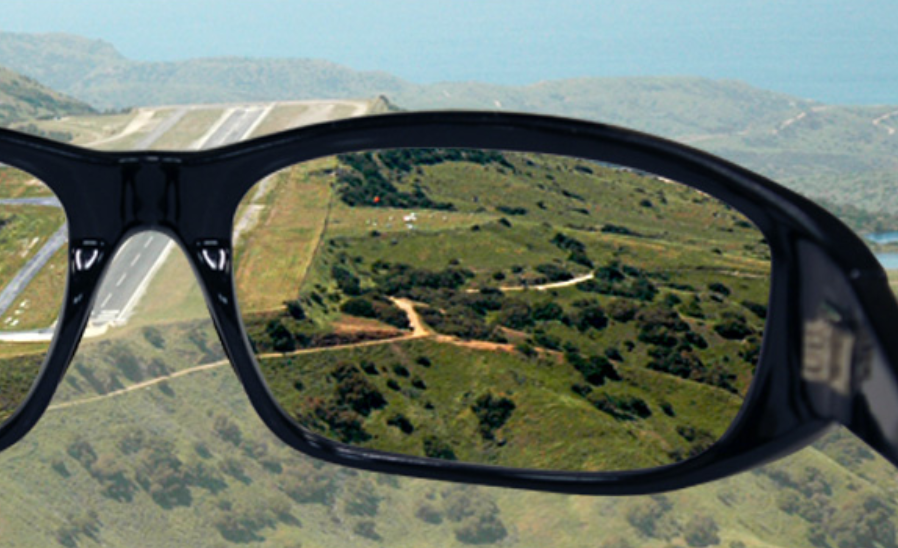What Is an AR Coating on Glasses
We consider anti-glare (AG) or anti-reflection (AR) coatings to be specific materials developed to lessen the amount of light reflecting in your lenses.
Similarly, an anti-reflective, anti-glare, or anti-reflection (AR) coating is a type of optical coating to lessen reflection on the surface of lenses and other optical elements. Because less light is wasted on reflection, efficiency in conventional imaging systems is improved. In complicated systems like cameras, binoculars, telescopes, and microscopes, fewer reflections help the image contrast by removing stray light. In planetary astronomy, this has special significance.
The elimination of the reflection itself is the primary benefit in other applications, such as a coating on eyeglass lenses that makes the wearer's eyes more visible to others or a coating to reduce the glint from a covert viewer's binoculars or telescopic sight. These coatings can be applied to the front, back, or both sides of your lenses to reduce the amount of light that reaches your eyes.
The Properties of AR Coatings
AR coatings are thin-film coatings that are applied to a surface. Because of mechanical and chemical differences between the thin film and the substrate, the durability of AR coatings is heavily reliant on the bond between and the bond between layers of coatings in multi-layer coatings. As a result, abrasion and adhesive pull that peel away the coating, solvents that damage the bond, and thermal cycling that stresses the bond are the most common threats to AR coatings.
How Does Anti-Reflective Coating Work
The surfaces of your lenses are virtually free of reflections thanks to the AR coating. More light can enter without these reflections, improving your vision. But how do we explain to our customers if they ask why AR coating can achieve this? We'll go over the fundamental physics of how AR coatings work, introduce several common types of AR coatings and their applications and talk about the properties of AR coatings.
Several Common Types of AR Coatings
- Single-Layer AR Coatings
Magnesium Fluoride coating is used on AR lenses for eyeglasses, cameras, and other visible light optical applications. Because the coating is hard and relatively easy to apply, it is ideal for these applications; however, with advancements in manufacturing techniques, many of these applications have transitioned to multi-layer coatings. Magnesium Fluoride is also abrasion resistant, has good humidity resistance, and can be cleaned with mild solvents.
- Double-Layer AR Coating
A standard double-layer AR coating typically consists of an anti-reflective and scratch-resistant layer. These two layers shield your lenses from damage and regulate how much light gets through to give you the clearest possible vision.
- AR Coatings with Multiple Layers
Multi-layer coatings are a common way to improve an AR coating's optical performance. As the name implies, a multi-layer coating employs several layers of a thin film coating to reduce the reflected light gradually. A multi-layer coating can reduce reflection to less than 0.1% of the incident light.
- Blue AR Coating and Green AR Coating
For optical frames, customers usually choose green AR coatings on the back of the lens or on both sides of the lens to reduce front and back reflection. For sunglasses, it depends on customers' color preferences.

Durability-How long does AR coating last
For durability of AR coating, it seems to be a frequently asked question from our customers. The hardness, strength, and durability of the coating itself play a big role in the longevity of an AR coating. It depends on how they prevent it from scratch and whether the lens is easier to keep clean. Because scratching is the most common damage to AR coatings on consumer products; however, with proper care and cleaning, these coatings can last for several years. Many multi-layer anti-reflective lenses feature an additional coating called oleophobic lenses that repels water and lubricant, making the lens surface more smooth and with reduced surface tension. This additional coating helps to keep the lens clean. Anti-reflection coatings are ideal for high-index lenses because they reflect more light without the coating than lower-index lenses. Coating high-index lenses are also generally easier and less expensive. Please click the picture and check the video below.
The liquid, such as oil and water falling on the surface of the lens, can be contracted into a bead shape. Water stains, oil stains, sweat, and other stains can be easily wiped clean, reducing scratches and thus increasing the durability of lenses.
If you discover that glare bothers you, AG and AR coatings are worth the extra money because they have many advantages. Compared to having glasses with uncoated lenses, they can help you see, look, and feel better. Here is the comparison of video shooting under natural light.
--Video
Finally, Forever Eyewear mainly provides customized services to our clients. All sunglasses are customizable. How to cooperate with us for a customized sample? Please check OEM/ODM page.


